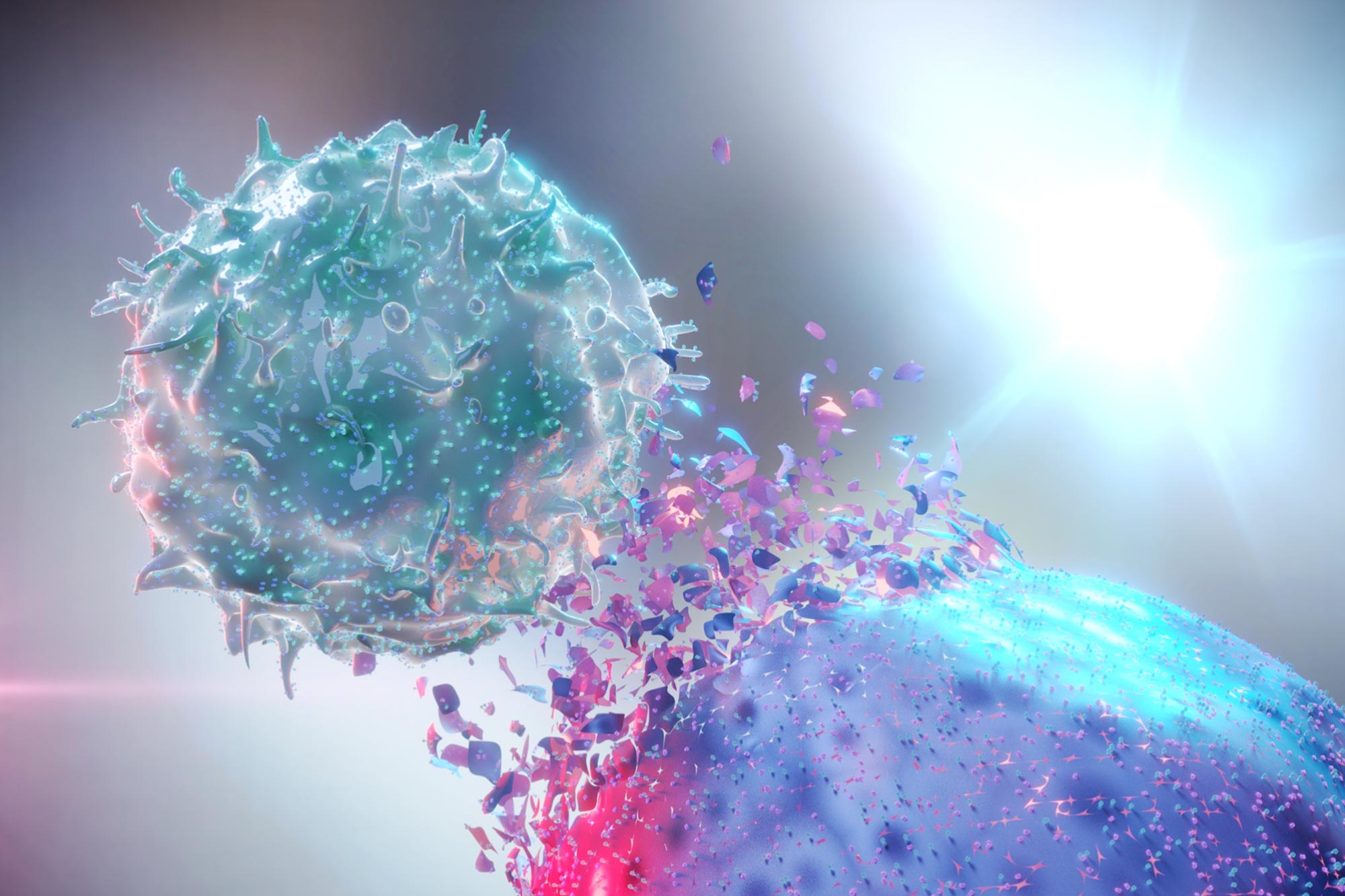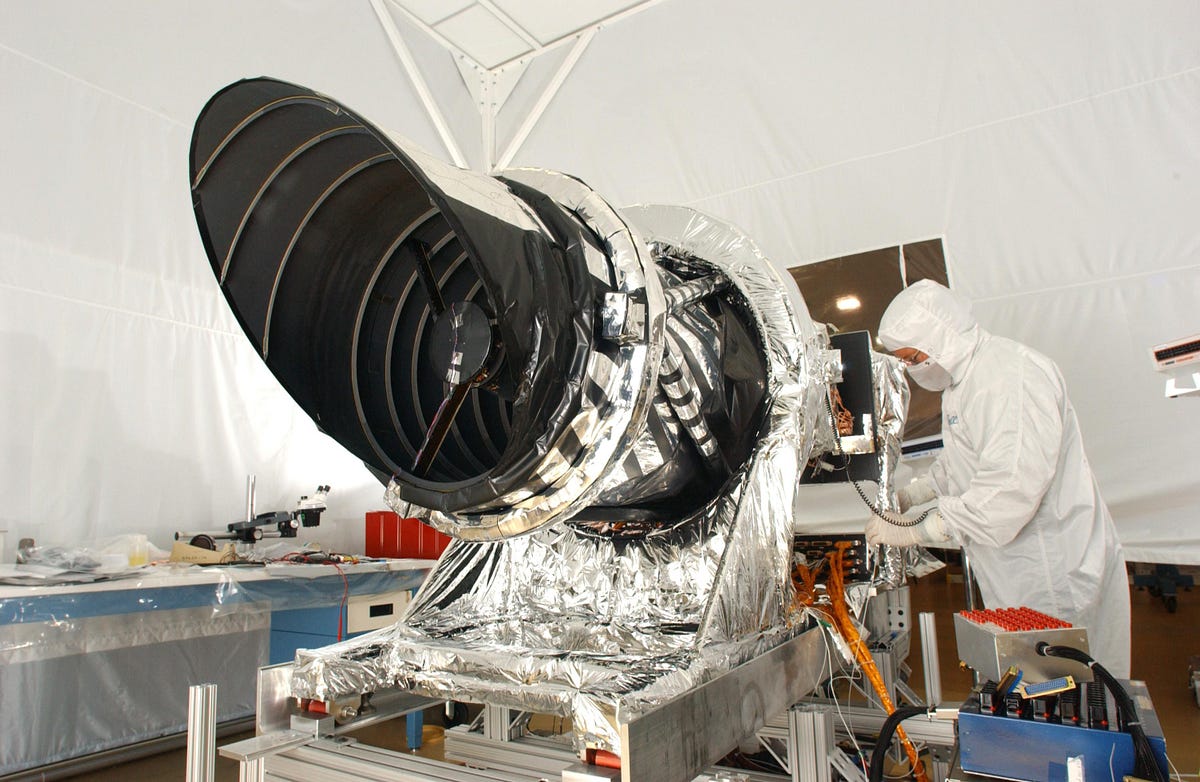Kim, H. et al. Remote epitaxy. Nat. Rev. Methods Primers 2, 40 (2022).
Kim, Y. et al. Remote epitaxy through graphene enables two-dimensional material-based layer transfer. Nature 544, 340–343 (2017).
Kong, W. et al. Polarity governs atomic interaction through two-dimensional materials. Nat. Mater. 17, 999–1004 (2018).
Guo, Y. et al. A reconfigurable remotely epitaxial VO2 electrical heterostructure. Nano Lett. 20, 33–42 (2020).
Kum, H. S. et al. Heterogeneous integration of single-crystalline complex-oxide membranes. Nature 578, 75–81 (2020).
Jiang, J. et al. Carrier lifetime enhancement in halide perovskite via remote epitaxy. Nat. Commun. 10, 4145 (2019).
Kim, Y. et al. Chip-less wireless electronic skins by remote epitaxial freestanding compound semiconductors. Science 377, 859–864 (2022).
Jeong, J. et al. Remote heteroepitaxy of GaN microrod heterostructures for deformable light-emitting diodes and wafer recycle. Sci. Adv. 6, eaaz5180 (2020).
Choi, J. et al. Facet-selective morphology-controlled remote epitaxy of ZnO microcrystals via wet chemical synthesis. Sci. Rep. 11, 22697 (2021).
Jeong, J. et al. Remote homoepitaxy of ZnO microrods across graphene layers. Nanoscale 10, 22970–22980 (2018).
Jin, D. K. et al. Position-controlled remote epitaxy of ZnO for mass-transfer of as-deployed semiconductor microarrays. APL Mater. 9, 051102 (2021).
Jeong, J. et al. Remote heteroepitaxy across graphene: hydrothermal growth of vertical ZnO microrods on graphene-coated GaN substrate. Appl. Phys. Lett. 113, 233103 (2018).
Chang, H. et al. Transfer-free graphene-guided high-quality epitaxy of AlN film for deep ultraviolet light-emitting diodes. J. Appl. Phys. 130, 193103 (2021).
Chen, Z. et al. Improved epitaxy of AlN film for deep-ultraviolet light-emitting diodes enabled by graphene. Adv. Mater. 31, 1807345 (2019).
Chang, H. et al. Quasi-2D growth of aluminum nitride film on graphene for boosting deep ultraviolet light-emitting diodes. Adv. Sci. 7, 2001272 (2020).
Kim, H. et al. High-throughput manufacturing of epitaxial membranes from a single wafer by 2D materials-based layer transfer process. Nat. Nanotechnol. 18, 464–470 (2023).
Wang, D. et al. Remote heteroepitaxy of atomic layered hafnium disulfide on sapphire through hexagonal boron nitride. Nanoscale 11, 9310–9318 (2019).
Yoon, H. et al. Freestanding epitaxial SrTiO3 nanomembranes via remote epitaxy using hybrid molecular beam epitaxy. Sci. Adv. 8, eadd5328 (2022).
Manzo, S. et al. Pinhole-seeded lateral epitaxy and exfoliation of GaSb films on graphene-terminated surfaces. Nat. Commun. 13, 4014 (2022).
Kim, H. et al. Impact of 2D–3D heterointerface on remote epitaxial interaction through graphene. ACS Nano 15, 10587–10596 (2021).
Jia, R. et al. Van der Waals epitaxy and remote epitaxy of LiNbO3 thin films by pulsed laser deposition. J. Vac. Sci. Technol. A 39, 040405 (2021).
Jang, D. et al. Thru-hole epitaxy: a highway for controllable and transferable epitaxial growth. Adv. Mater. Interfaces10, 2201406 (2023).
Al Balushi, Z. Y. et al. Two-dimensional gallium nitride realized via graphene encapsulation. Nat. Mater. 15, 1166–1171 (2016).
Briggs, N. et al. Atomically thin half-van der Waals metals enabled by confinement heteroepitaxy. Nat. Mater. 19, 637–643 (2020).
Voevodin, A. A. & Donley, M. S. Preparation of amorphous diamond-like carbon by pulsed laser deposition: a critical review. Surf. Coat. Technol. 82, 199–213 (1996).
Stoumpos, C. C. et al. Crystal growth of the perovskite semiconductor CsPbBr3: a new material for high-energy radiation detection. Cryst. Growth Des. 13, 2722–2727 (2013).
Wang, Y. et al. High-temperature ionic epitaxy of halide perovskite thin film and the hidden carrier dynamics. Adv. Mater. 29, 1702643 (2017).
Chan, K. T., Neaton, J. B. & Cohen, M. L. First-principles study of metal adatom adsorption on graphene. Phys. Rev. B 77, 235430 (2008).
Ren, F. et al. Van der Waals epitaxy of nearly single-crystalline nitride films on amorphous graphene-glass wafer. Sci. Adv. 7, eabf5011 (2021).
Alaskar, Y. et al. Towards van der Waals epitaxial growth of GaAs on Si using a graphene buffer layer. Adv. Funct. Mater. 24, 6629–6638 (2014).
Lesiak, B. et al. C sp2/sp3 hybridisations in carbon nanomaterials – XPS and (X)AES study. Appl. Surf. Sci. 452, 223–231 (2018).
Mendelson, S. Dislocation etch pit formation in sodium chloride. J. Appl. Phys. 32, 1579–1583 (1961).
Landeiro Dos Reis, M., Carrez, P. & Cordier, P. Interaction between dislocation and vacancies in magnesium oxide: insights from atomistic simulations and elasticity theory. Phys. Rev. Mater. 5, 063602 (2021).
Mendelson, S. Dislocation etch pit formation in sodium chloride. J. Appl. Phys. 32, 1579–1583 (2004).
Maeng, S.-C. Dislocations in sodium-chloride crystals. Z. Naturforsch. A 21, 301–303 (1966).
Bording, J. K., Li, B. Q., Shi, Y. F. & Zuo, J. M. Size- and shape-dependent energetics of nanocrystal interfaces: experiment and simulation. Phys. Rev. Lett. 90, 226104 (2003).
Zhang, J., Huang, F. & Lin, Z. Progress of nanocrystalline growth kinetics based on oriented attachment. Nanoscale 2, 18–34 (2010).
Shi, J. et al. Electron microscopy observation of TiO2 nanocrystal evolution in high-temperature atomic layer deposition. Nano Lett. 13, 5727–5734 (2013).
Elsner, J. et al. Theory of threading edge and screw dislocations in GaN. Phys. Rev. Lett. 79, 3672–3675 (1997).
Gao, Z. et al. Polarity results in different etch pit shapes of screw and edge dislocations in GaN epilayers. In Proc. 2007 International Workshop on Electron Devices and Semiconductor Technology (eds Ren, T.-L. et al.) 125–128 (IEEE, 2007).
Thompson, A. P. et al. LAMMPS – a flexible simulation tool for particle-based materials modeling at the atomic, meso, and continuum scales. Comput. Phys. Commun. 271, 108171 (2022).
Stukowski, A. Visualization and analysis of atomistic simulation data with OVITO–the Open Visualization Tool. Model. Simul. Mat. Sci. Eng. 18, 015012 (2010).
Tosi, M. P. & Fumi, F. G. Ionic sizes and born repulsive parameters in the NaCl-type alkali halides—II: the generalized Huggins-Mayer form. J. Phys. Chem. Solids 25, 45–52 (1964).
Eastwood, J. W., Hockney, R. W. & Lawrence, D. N. P3M3DP—the three-dimensional periodic particle-particle/particle-mesh program. Comput. Phys. Commun. 19, 215–261 (1980).
Volksen, W., Miller, R. D. & Dubois, G. Low dielectric constant materials. Chem. Rev. 110, 56–110 (2010).
Seeger, K. Microwave measurement of the dielectric constant of high-density polyethylene. IEEE Trans. Microw. Theory Tech. 39, 352–354 (1991).
Santos, E. J. G. & Kaxiras, E. Electric-field dependence of the effective dielectric constant in graphene. Nano Lett. 13, 898–902 (2013).
Kamaladasa, R. J. et al. Dislocation impact on resistive switching in single-crystal SrTiO3. J. Appl. Phys. 113, 234510 (2013).
van Benthem, K., Elsässer, C. & French, R. H. Bulk electronic structure of SrTiO3: experiment and theory. J. Appl. Phys. 90, 6156–6164 (2001).
Bae, S.-H. et al. Graphene-assisted spontaneous relaxation towards dislocation-free heteroepitaxy. Nat. Nanotechnol. 15, 272–276 (2020).
Jia, R., Shi, Y. & Shi, J. Long-distance remote epitaxy. Zenodo https://doi.org/10.5281/zenodo.15770342 (2025).
Source link


